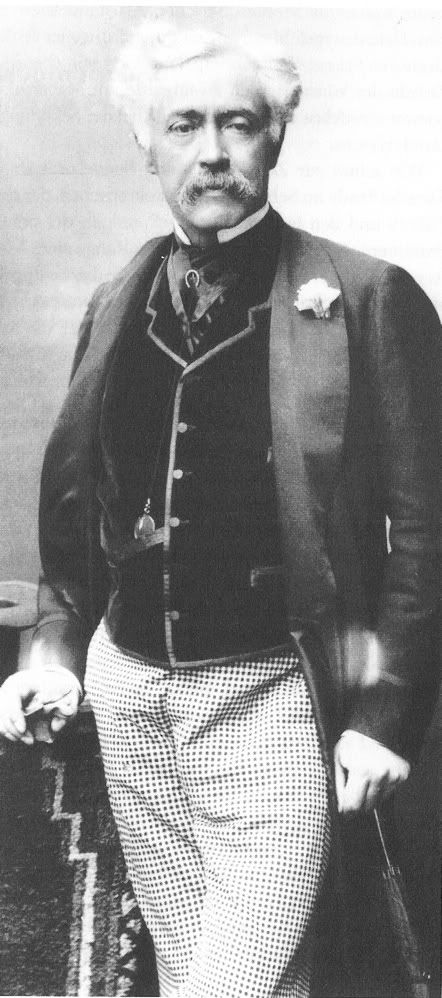Midnight Blue
One of the Regulars
- Messages
- 132
- Location
- Toronto, Canada
_RAGNAR_ said:I think it was very common in weddings, as is the groom wearing a white dinner jacket while the rest wear black. it may not be proper but it was done a lot. (I am commneting on late 50 to 60's pictures I know nothing about earlier)
Actually, white dinner jackets have been absolutely correct for hot weather weddings ever since the 1940s. However, white bow ties are an absolute faux pas with black tie, no matter what President Obama's poor taste in formal wear may suggest.




